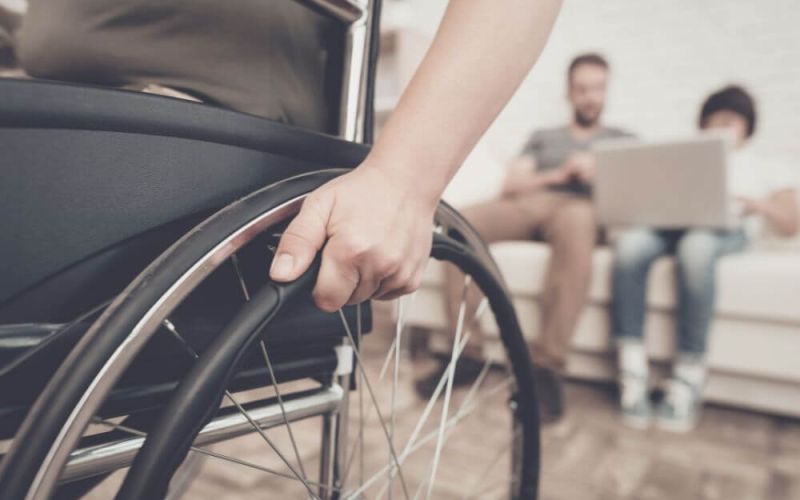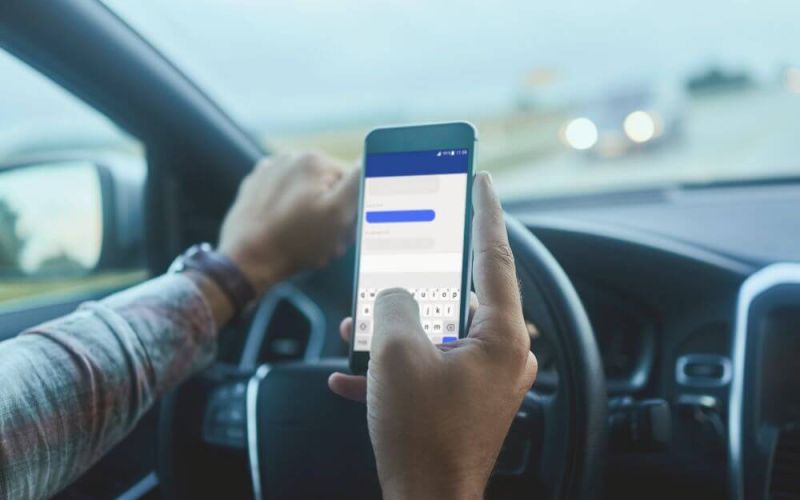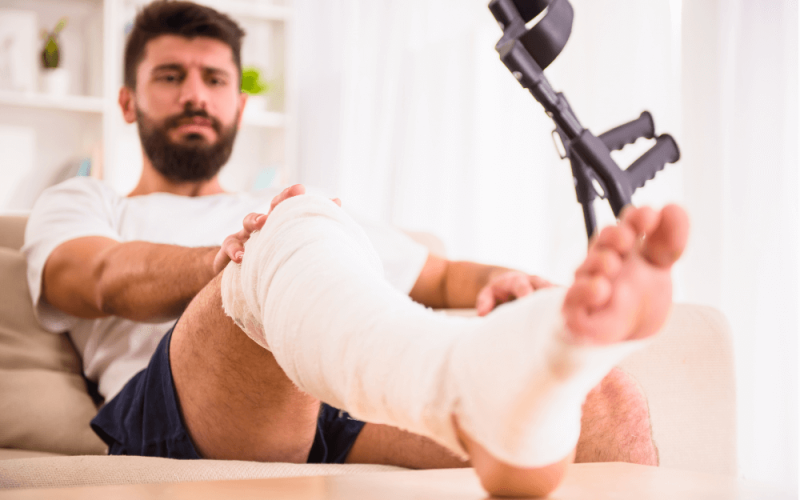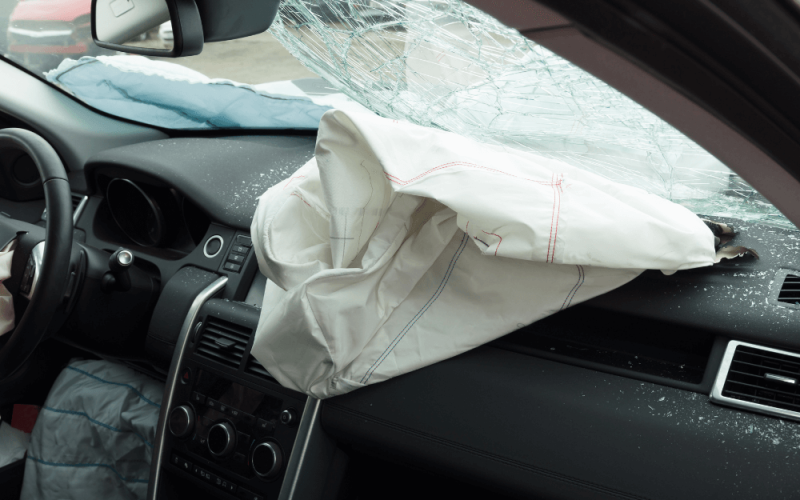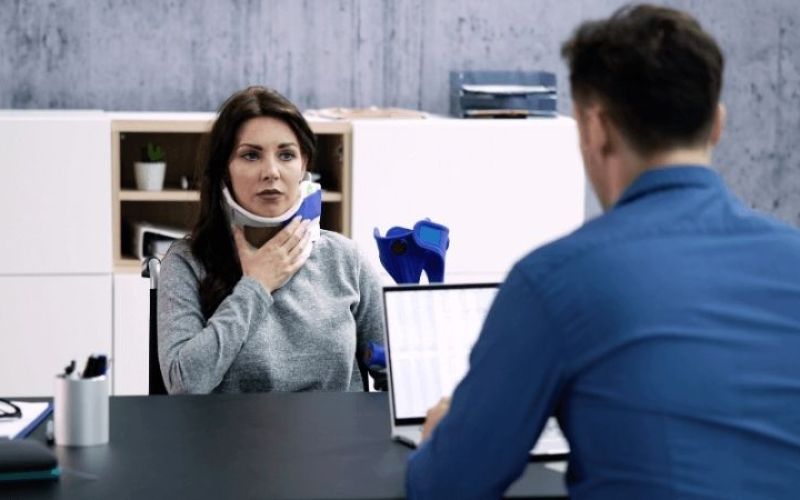Virginia Law: Comparative vs. Contributory Negligence Explained
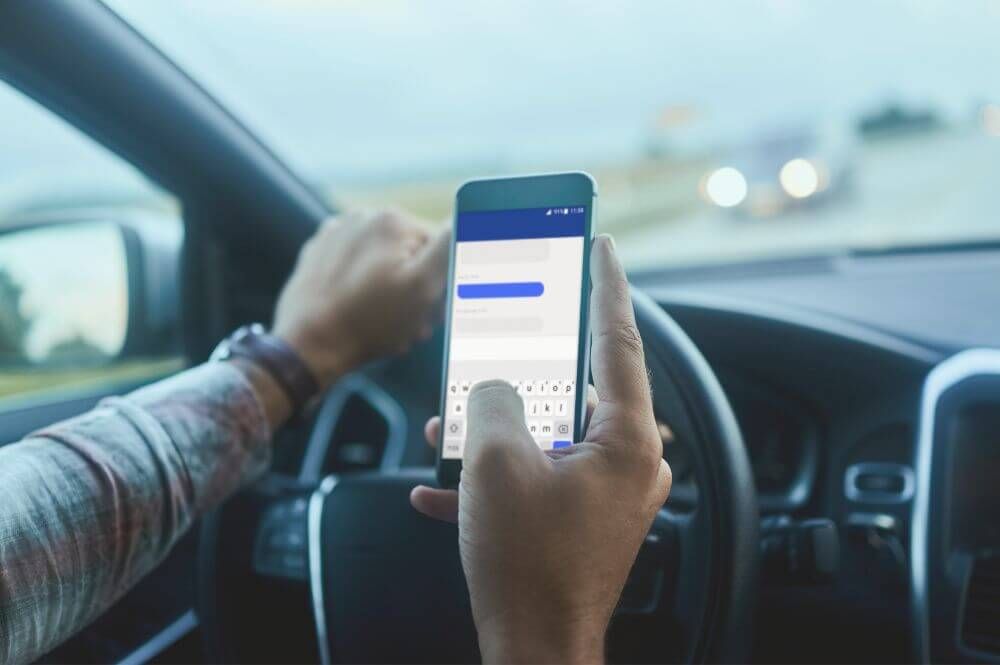
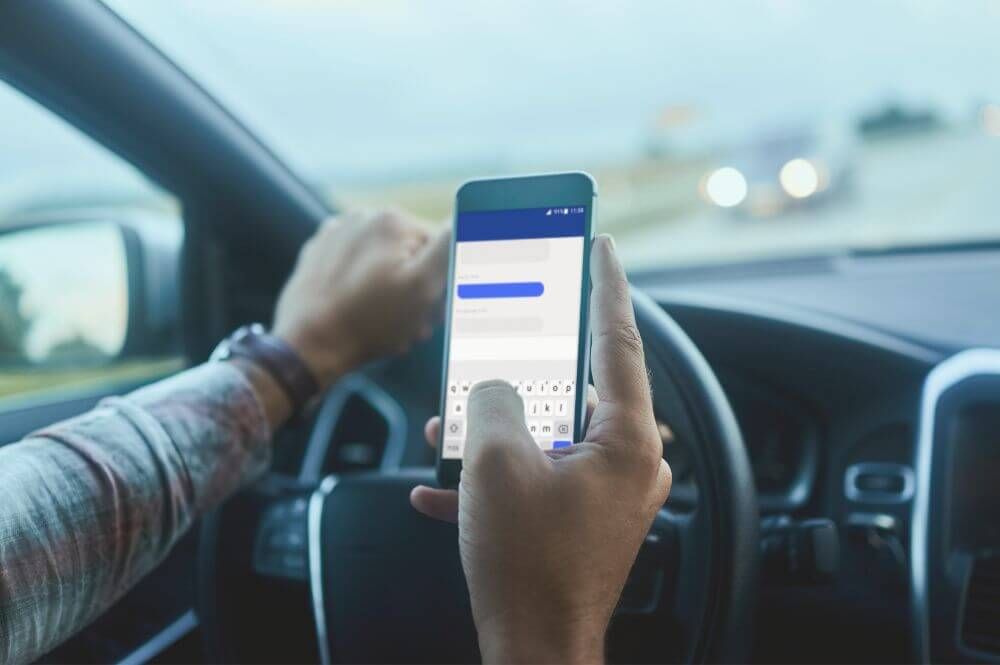
Have you ever tripped on a cracked sidewalk, slipped on a spill in a grocery store, or been involved in a car accident where you weren’t sure who was truly at fault? The answer lies in the complex world of negligence law. In many personal injury claims, the injured party alleges that the defendant is liable for their injuries because they were negligent. The legal definition of negligence is the same in most states. However, the legal standard for determining the amount of damages varies from state to state. It often depends on whether the injured party was partly at fault. Virginia uses a system known as “pure contributory negligence.” This article will look at Virginia’s system, how it compares to the other types of negligence recognized across the United States, and how your personal injury lawyer will handle the delicate balance between accident, fault, and compensation.
What is Negligence?
“Negligence” is one of the most important concepts in tort law. It involves the failure to act with a reasonable amount of care. The legal definition of negligence consists of four parts:
- A person owed a duty of care to you or the general public.
- That person did not follow that duty of care.
- Their failure to follow their duty of care was a direct cause of your injuries.
- You suffered damages as a result of those injuries.
A person’s duty of care may depend on the circumstances or their relationship to you. Examples of duties of care include the following:
- A driver’s duty to drive safely and obey traffic laws;
- A property owner’s duty to warn visitors about hazardous conditions like a slippery floor; or
- In product liability cases, a manufacturer’s duty to warn consumers about dangers associated with a product.
What Type of Negligence Applies to Virginia Personal Injury Cases?
Virginia uses the pure contributory negligence rule. This is the harshest legal doctrine in personal injury cases involving negligence. The defendant must be 100% at fault for the accident that caused the plaintiff’s injuries. If a judge or jury finds that the plaintiff was at fault in any way, they may not collect damages.
What is Contributory Negligence?

The circumstances of many personal injury cases make it clear who is at fault. In some cases, such as a case involving a complicated auto accident, multiple people could share fault. Perhaps several people breached duties of care and contributed to the accident.
In a pure contributory negligence system, a plaintiff cannot recover damages for their injuries if they shared in the fault for the accident in any way. This applies even if the defendant was 99% at fault and the plaintiff was only 1% at fault. Virginia, Maryland, North Carolina, and Alabama are the only states that still use contributory negligence.
An Example of Contributory Negligence
The Incident:
- Anna was driving when she struck a pedestrian, Brad, in a crosswalk.
- Anna had a green light, but she was driving above the speed limit when the accident occurred.
- Brad was in the marked crosswalk, but he was looking at his phone instead of paying attention to traffic or the traffic signals.
The Case:
- Brad filed a personal injury lawsuit against Anna, seeking damages for a broken leg and multiple bruises.
- He claimed that Anna was negligent for speeding.
- Anna raised a pure contributory negligence defense.
- She argued that Brad’s distraction contributed to the accident. Her legal team presented video evidence showing Brad stepping into the street against the pedestrian signal while distracted by his smartphone.
The Verdict:
- The court found that Anna was speeding, which could constitute negligence.
- However, it also found that Brad was contributorily negligent because he was distracted at the time of the accident.
- The court ruled that the principle of pure contributory negligence barred Brad from recovering any damages.
What is Comparative Negligence?

The comparative negligence doctrine tries to balance the defendant’s negligence and the plaintiff’s negligence. A plaintiff who was partly at fault may be able to recover a reduced amount of damages. There are two types of comparative negligence.
Pure Comparative Negligence
In pure comparative negligence states, a plaintiff can recover damages no matter how much of the fault they shared for the accident. The court will reduce the plaintiff’s recovery by their percentage of fault. If a plaintiff was 99% at fault, they can still recover 1% of their damages from the defendant. Twelve states, including California, Florida, and New York, follow the pure comparative negligence rule.
An Example of Comparative Negligence
The Incident:
- During a busy weekday afternoon, Claire was driving her compact car into a congested roundabout. She was also responding to a text message on her phone.
- At the same time, Dan was entering the roundabout from a different direction in his SUV while changing the radio station.
- The cars collided, causing Claire to suffer injuries. Based on the available evidence, it was not clear who had the right of way at the moment of the collision.
The Case:
- Claire filed a lawsuit against Dan for medical expenses. She argued that Dan caused the accident because his attention was on the radio.
- Dan highlighted Claire’s distraction due to texting while driving. He argued that her distracted driving was a significant contributing factor.
The Verdict:
- The court found that both parties were distracted and failed to exercise proper care under the circumstances.
- It found Claire to be 60% at fault for the accident due to her texting while driving, which is illegal under local law.
- Dan was 40% at fault for his distracted driving.
- The court calculated Claire’s total damages as $100,000. Applying the pure comparative negligence rule, it awarded Claire $40,000, or 40% of the damage amount. This reflected her share of the blame in the incident.
Modified Comparative Negligence
In a modified comparative negligence state, a plaintiff cannot recover damages if their share of the fault is above a certain percentage:
- Thirty-three states, including Colorado and Georgia, set the upper limit at 50%.
- Twenty-three states, including Illinois and Texas, set the bar at 51%.
An Example of Modified Comparative Negligence
Background: In the fictional state of Eastwood, the modified comparative negligence rule allows a plaintiff to recover damages if their share of the fault does not exceed 50%.
The Incident:
- Edna was driving her car on a highway in Eastwood at night when she attempted to overtake a truck driven by Frank.
- While Edna was overtaking Frank, Frank decided to change lanes without signaling.
- Edna reacted by swerving, which led to her losing control of her vehicle and crashing into the median barrier.
- Both drivers claimed the other was at fault: Edna accused Frank of changing lanes without signaling, while Frank accused Edna of overtaking at an unsafe distance.
The Case:
- Edna filed a lawsuit against Frank, seeking compensation for medical expenses and other damages. She argued that Frank’s failure to signal before changing lanes was the main cause of the accident.
- Frank argued that Edna’s decision to overtake at night was the main cause of the accident. He presented evidence suggesting that Edna was speeding at the time.
The Verdict:
- The court determined that both parties were negligent: Frank for changing lanes without signaling and Edna for unsafe overtaking and speeding.
- It found Edna to be 30% at fault and Frank 70% at fault.
- Since Edna’s fault was below 50%, she could recover damages under Eastwood’s modified comparative negligence rule.
- The court found that Edna suffered $100,000 in damages, but it reduced her compensation by her percentage of fault. It awarded her $70,000, or 70% of the total damages, reflecting Frank’s greater share of the blame.
Why Work With Montagna Law
Montagna Law is a personal injury law firm that has an extensive track record of success advocating for the rights of accident victims throughout the Hampton Roads area. The firm and its attorneys have received honors from organizations and publications like Super Lawyers, Lawyers of Distinction, and Attorney and Practice Magazine.
Testimonials
“I went to see Mr. Montagna about representing me in a court case. After the meeting, I knew I had made the right choice for a lawyer. I won my case thanks to his professionalism and knowledge of the law.” — K.
“Montagna [Law] is by far the best law office for representation. They honestly care about your case and go far beyond the call of duty to represent you and ensure that you receive all that you are entitled to. They are professional, empathic, and responsive. I highly recommend the law offices of Montagna [Law].” — Katie J.
Reliable Representation Against the Liable Party
The personal injury attorneys at Montagna Law represent people who have suffered injuries in car accidents and other claims throughout the Hampton Roads area, including Virginia Beach, Norfolk, Chesapeake, Portsmouth, and Suffolk. They can advocate for your rights and help you recover the damages you deserve. Contact the law firm today at 877-622-8100 or through their online contact form to schedule a free consultation and case evaluation.
Latest Blog Posts
-
If you’re looking for someone who’s professional, attentive, serious, caring, and negotiable than Mr. Anthony Montagna is who you need. He understood his assignment and delivered well especially being with what I was looking at in my case. I want …– Tiara S.
-
I don’t know how he does it, but this man is a monster in the courtroom. I’ll admit I had fears of the outcome of my case, but when I was with Mr. Montagna in front of a judge. My confidence started to raise. Extremely professional and how he hand…– BD P.
-
Honestly , Mr. Montagna treats like you are his family the way he cares, he takes care of his people , I was doing triple digit speed on a 60 and lord I thought it was over for me in that courtroom , he’s a genius because I literally got away with…– Justin
-
I have been a client of Montagna Law since 2014. Because the customer service is exceptional, I have established a rapport with everyone in the office. As a customer for 8 years, it is noted that this firm goes above and beyond for the clients.– Eric E.
-
Montagna Law are wonderful attorneys. I was diagnosed with stage 4 lung cancer and they assisted me from day one when I contacted them. I highly recommend their services! Thanks guy’s and gal’s for your services!– Kevin B



